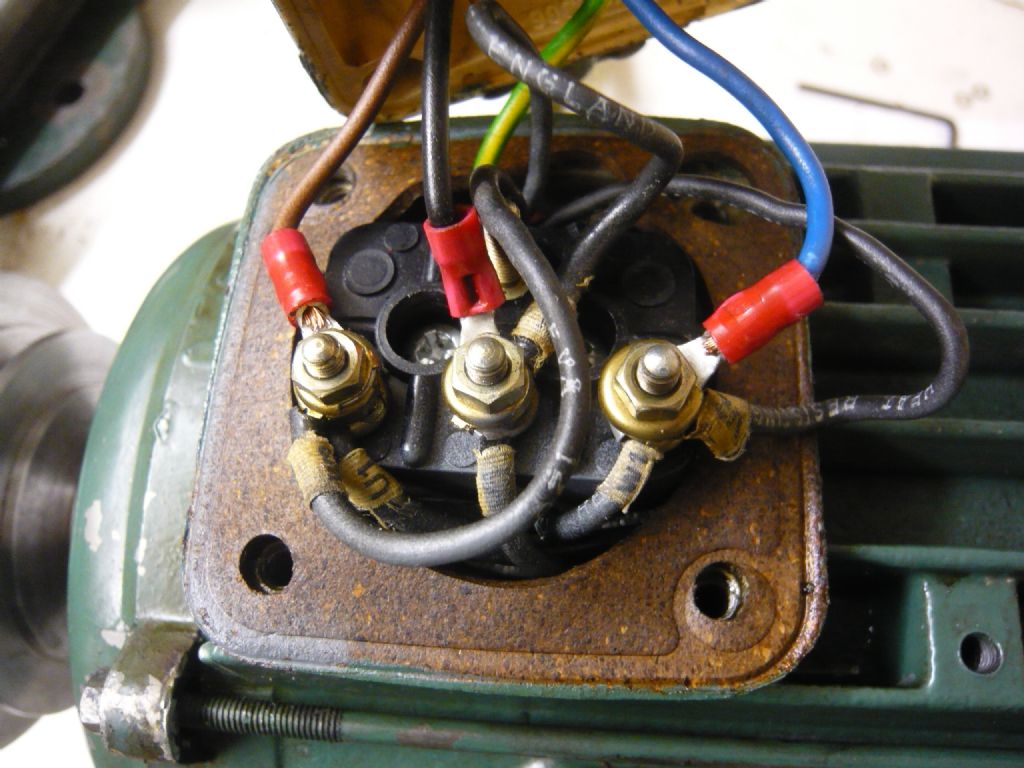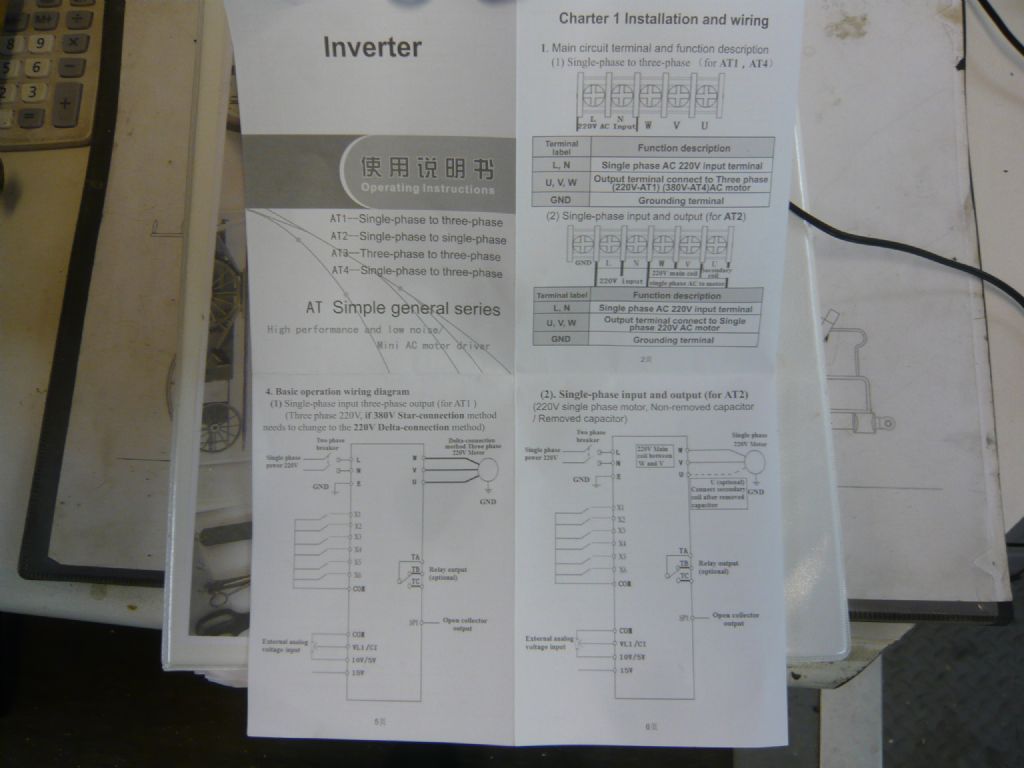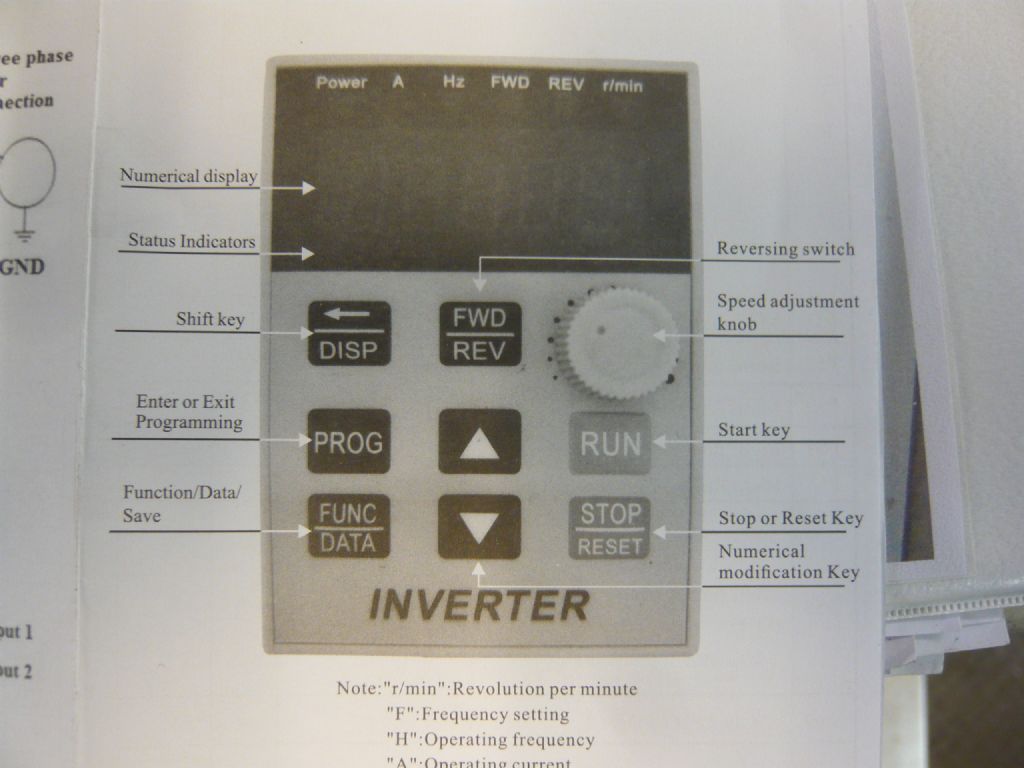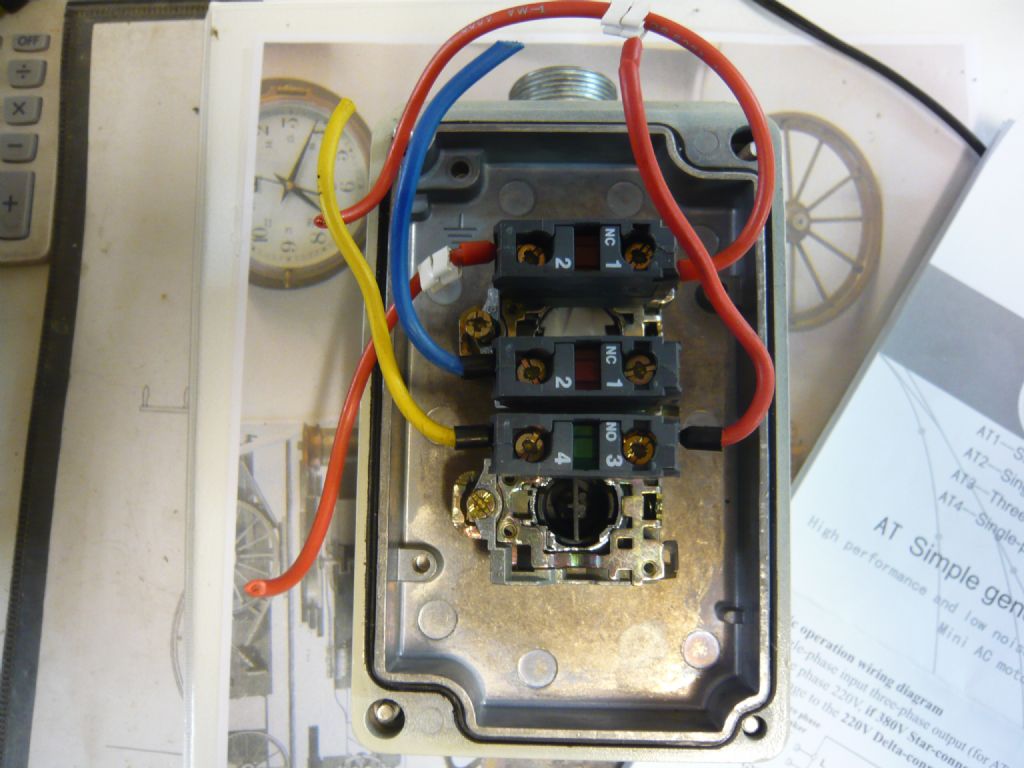This is from the 16th edition of the Wiring Regulations, since I don't intend to upgrade my house further (Feel free to purchase and work to later versions). Subject to the effects of beer it is an exact copy (Oxford commas included).
This actually constitutes the law in the United kingdom. It is, however, up to you to decide if it applies to your shed. In my case an NVR contactor operated by a button by the door of the shed would allow SWMBO to rescue me in the case of any electrically related emergency.
Turning of a lathe or bandsaw in normal use does not constitute an emergency stop, so NVR switches with silly clip on red buttons over the main controls get modified with extreme prejudice.
537-04 Devices for emergency switching
537-04-01 A means of interrupting the supply for the purpose of emergency switching shall be capable of cutting off the full load current of the relevant part of the installation. Where appropriate, due account shall be taken of stalled motor conditions.
537-04-02 Means for emergency stitching shall consist of:-
(i) a single switching device directly cutting off the incoming supply, or
(ii) a combination of several items of equipment operated by a single action and resulting in the removal of the hazard by cutting off the appropriative supply: emergency stopping may include the retention of supply for electric braking facilities.
A plug and socket-outlet or similar device shall not be selected as a device for emergency switching.
537-04-03 Where practicable a device for emergency switching shall be manually operated directly interrupting the main circuit. A device such as a circuit breaker or a contactor operated by remote control shall open on de-energisation of the coil, r another technique of suitable reliability shall be employed.
537-04-04 The operating means (such as a handle or pushbutton) for a device for emergency switchig shall be clearly identifiable and preferable coloured red. It shall be installed in a readily accessible position where the hazard might occur and, where appropriate, further devices shall be provided where additional emergency switching may be needed.
537-04-05 The operating means of the device for emergency switching shall be of th latching type or capable of being restrained in the OFF or STOP position. The resetting of the emergency switching device shall not re-energise the equipment concerned. A device in which the operating means automatically resets is permitted where both that operating means and the means of re-energising are under the control of one and the same person.
Brian H.








